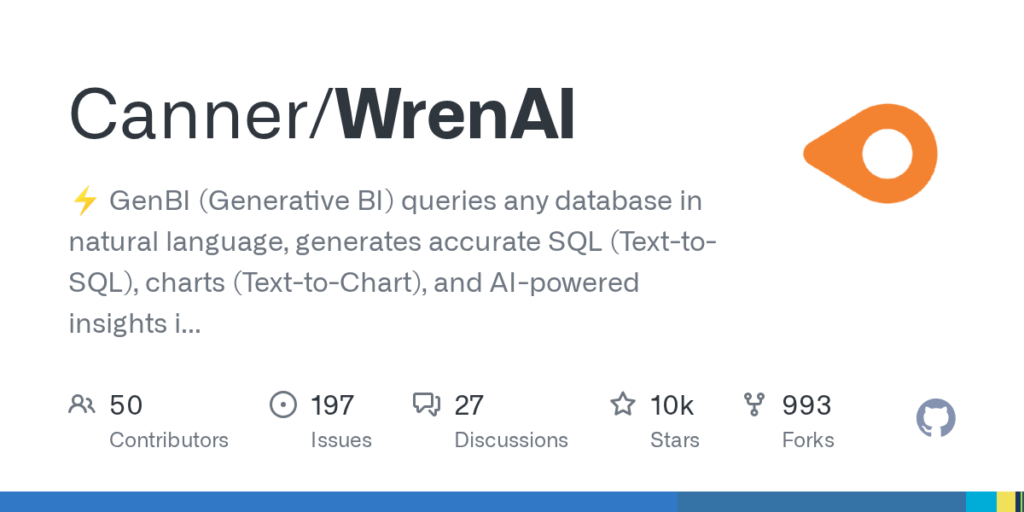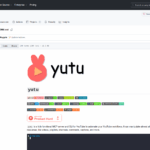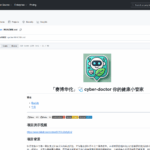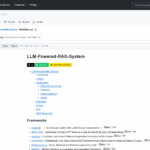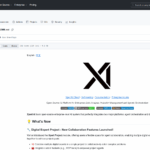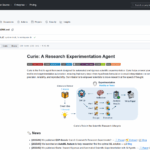WrenAI
Basic Information
Wren AI is an open-source GenBI agent designed to let users query databases in natural language and get accurate SQL, charts, and AI-generated insights. The repository provides the components needed to connect to common data sources, run a semantic layer that encodes schema and metrics, and integrate with large language models to generate text-to-SQL and text-to-chart outputs. It supports both self-hosted OSS installation and a managed cloud option and includes documentation, configuration examples, and architectural diagrams. The project targets analysts, developers, and product teams who want to add conversational data access, automated reporting, or embedded query capabilities to applications while keeping LLM outputs governed by a semantic model.

